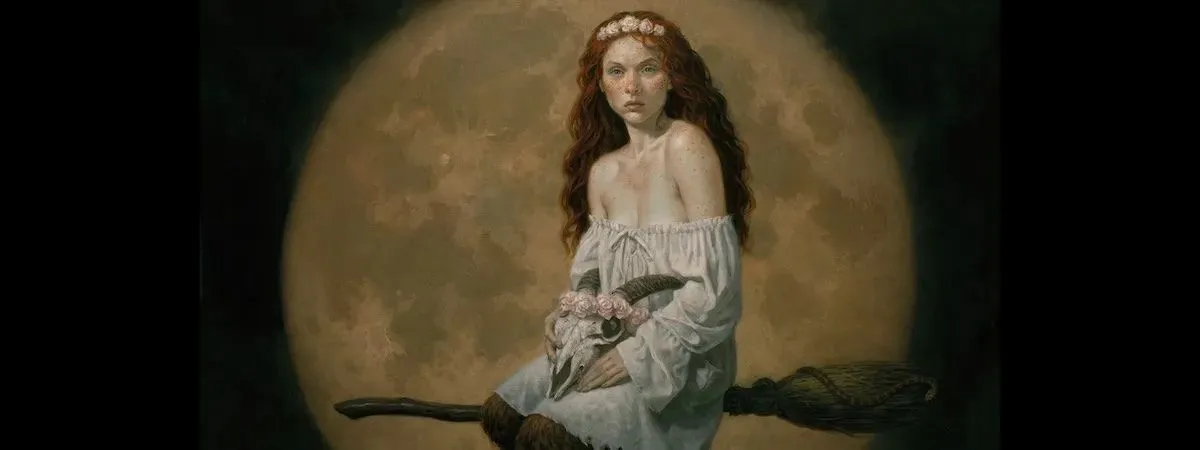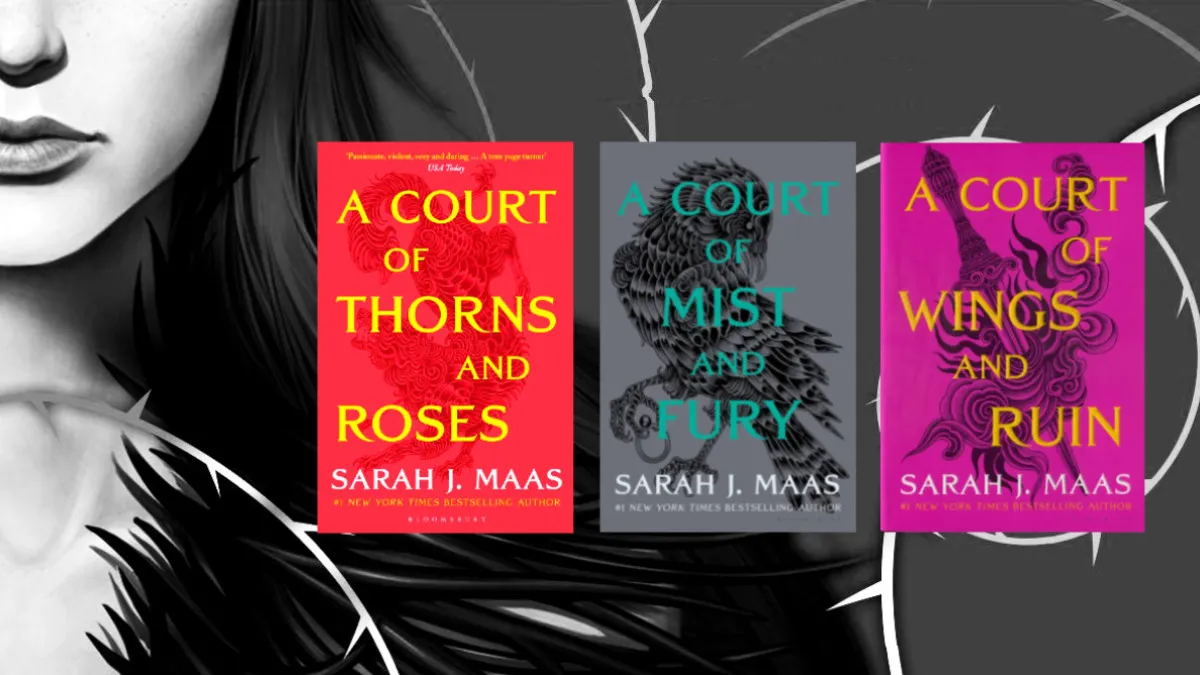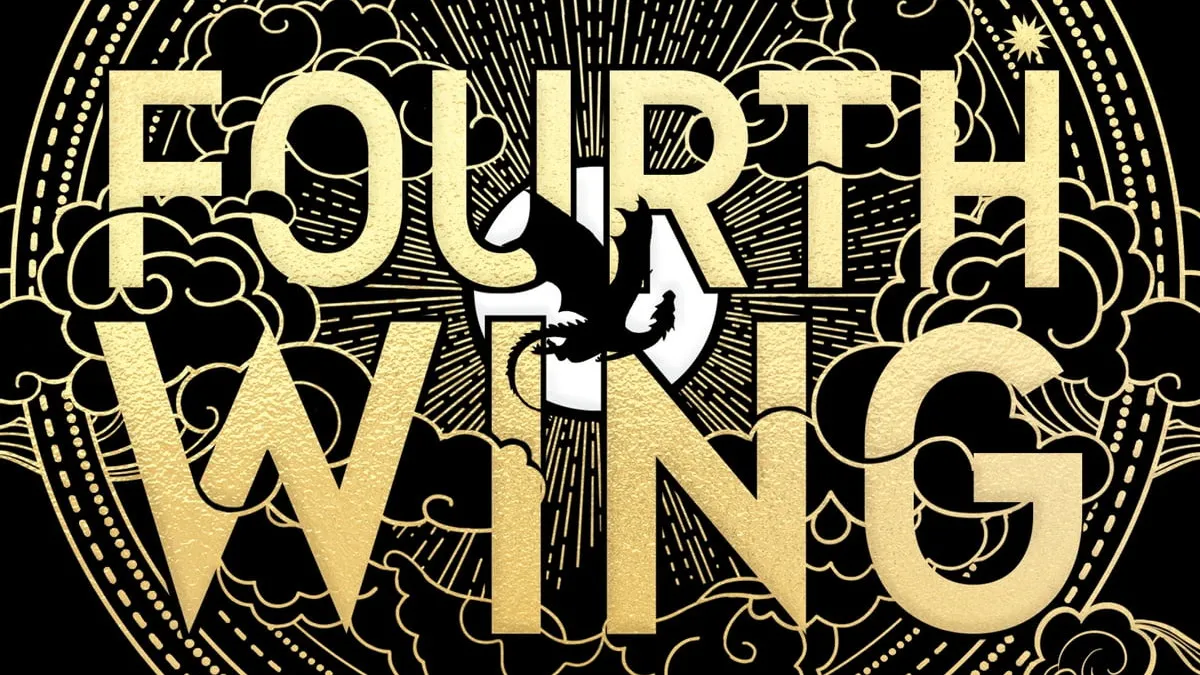Why are we so fascinated by witch hunts, especially the widespread hysteria of the 17th century? Partly, it’s macabre fascination at communities devouring themselves through sham trials and mass hallucinations. Partly, the figure of the witch contains a kernel of truth—and we’re drawn the ancestral memory it awakens.
The witch hunts of the 1600s, which coincided with early capitalist movements like the privatization of public land and the demonizing of women’s trades, have served as inspiration for classic stories like Arthur Miller’s The Crucible and Robert Eggers’ The Witch. Works like these reveal the Puritan mindset that flourished during the witch hunts: an all-encompassing paranoia that witches weren’t just out in the woods, but lurking within communities, snaking their way into all but the purest souls. To people like the Puritans, the Devil was a killer, but he was also a source of beauty and pleasure, whether it was Black Phillip’s offer of a pretty dress, or Tituba’s secret dances in the woods. The Devil, then and now, represents feminine empowerment, non-white culture, and the deep, awe-inspiring mysteries of the natural world: everything that Puritan culture feared and hated. When there was property to be gained from a witch hunt, like a parcel of arable land, the hysteria was all the stronger.
Slewfoot, the new illustrated folk horror novel by Brom, first came out in 2021, but the release of the paperback edition has given the book a second wave of publicity. Like The Witch, Slewfoot dips into a rich well of folklore to craft a sumptuous tale of magic and revenge. The book centers on Abitha, a reluctant young Puritan living on a New England farm with her husband, Edward. When Edward’s brother Wallace tries to sell their farm to pay off his own debts, Abitha fights back. Her audacity in standing up for herself—especially since it keeps a choice bit of land from a powerful man who wants it—makes her a prime target for a witch hunt.
Complicating matters is the fact that Abitha is a cunning woman who has learned a few simple charms and remedies from her mother. Abitha dispenses them to the women of the village, unwittingly giving them ammunition to use against her. Meanwhile, an ancient force is awakening in the depths of the land, and Abitha soon finds the resulting creature to be a powerful ally.
Brom clearly writes with deep love for the pagan folklore and traditions that have endured through centuries of Christianization. The old gods who roam the land, both Indigenous and European, are exquisitely rendered—sympathetic, complicated, menacing, and regal. Abitha is an immensely likable heroine, and her struggle will be viscerally believable to anyone who’s ever faced a hostile community. As Abitha begins to answer the call of the wildwood, with all its magic and power, you’ll wish you could go off and befriend an ancient god of your own.
The only place where Slewfoot falters is when it explores the backstory of Samson, the spirit who befriends Abitha. Samson’s story is a little more convoluted than it perhaps needed to be, but you’ll still enjoy the ride.
The illustrations deserve their own review. The book contains eight full-color paintings of some of the major characters, including Abitha and Samson. I’ll admit that I looked at the paintings before reading the book, which might have spoiled a couple of plot points for me, but honestly, it was fun to get a look at some of the characters who were coming up later in the story.
There’s a growing body of work exploring how a witch is created: The Witch, Wise Child, and The Master and Margarita all come to mind. Is Slewfoot derivative of these other works? Maybe a little, but once you’re absorbed in it, you won’t care. The story is riveting, and it gets to what might be the darkest and most profound secret of witchery: trying to destroy a witch is the very act that creates them in the first place. When your community ostracizes and alienates a vulnerable member simply because they recognize beauty where they find it, don’t be surprised when they reemerge from the forest walking on cloven hooves.
(featured image: Nightfire)









